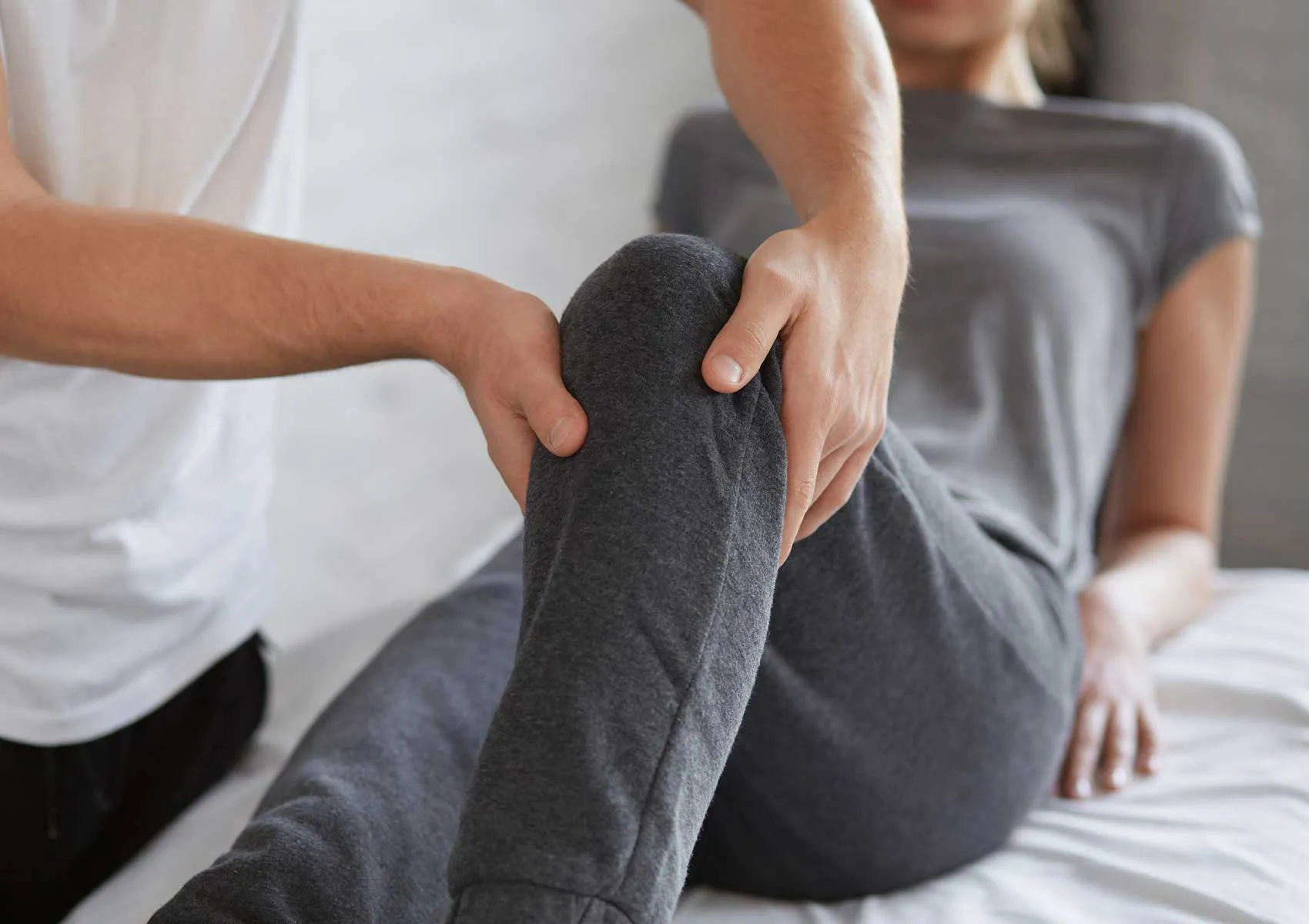How Long Does Rehabilitation Last After Knee Replacement Surgery?
The rehabilitation process after knee replacement surgery varies depending on the patient’s overall health, the type of surgery performed, and individual recovery speed. This process typically completes within 3-6 months and should be supported by regular physical therapy.
Knee replacement surgery is a significant procedure performed particularly for patients with advanced knee osteoarthritis to reduce pain and improve joint function. However, the postoperative period must be carefully monitored to ensure the implant's longevity and enhance the patient's functional quality of life. The rehabilitation program applied during this time varies depending on the patient's general condition, the surgical method, and individual recovery speed.
The primary goal of rehabilitation after knee replacement surgery is to increase joint range of motion, regain muscle strength, and facilitate a smooth return to daily activities. The rehabilitation process generally begins within the first few days after surgery and continues for several months.
Initial Phase of Rehabilitation
Within the first 24-48 hours following surgery, patients are encouraged to get out of bed and start moving as soon as possible. Early mobilization is crucial for preventing complications such as deep vein thrombosis (DVT) and maintaining muscle function. Pain management, wound care, and supporting muscle function with minimal movements are prioritized in this phase.
During this period, conducted in collaboration with a physical therapy specialist, patients learn to gently bend and straighten the knee, perform bed-to-stand and weight-bearing exercises, and begin isometric exercises to activate leg muscles. This phase typically covers the first two weeks post-surgery.
Second Phase: Enhancing Range of Motion and Muscle Strength
In the second month, physical therapy exercises are intensified to increase knee joint mobility and strengthen muscles. Patients at this stage usually perform bending and straightening movements more comfortably, increase their walking distances, and reduce reliance on assistive devices like canes.
Strengthening muscles, especially the quadriceps (front thigh muscles) and hamstrings, improves knee implant stability. This phase may last up to 6-8 weeks and varies according to the patient's condition.
Third Phase: Returning to Normal Life and Improving Functionality
From the third month onwards, patients generally find it easier to perform daily activities. Balance and proprioception (body position awareness) exercises begin, aiming not only to free up knee movements but also to reduce fall risk and help patients fully regain functional mobility.
By around six months, most patients adapt to their daily lives and can return to light sports activities. Activities involving heavy loads should be performed under medical supervision.
Factors Affecting Rehabilitation Duration
The length of rehabilitation depends on age, overall health status, prosthesis type, surgical technique, and the patient’s adherence to physical therapy. Young and healthy individuals tend to recover faster, while those with additional health problems like diabetes or obesity may experience prolonged recovery periods.
Motivation after surgery, regular exercise habits, and compliance with supervised physical therapy programs are vital success factors.
Home and Professional Follow-Up
The rehabilitation process is not limited to physical therapy sessions in a clinical setting. Patients are also required to perform regular exercises at home. Follow-up examinations should be conducted regularly during the first year post-knee replacement to monitor the condition of the implant and overall joint health.
Physical therapy programs must be personalized, avoiding overly strenuous movements while preventing inactivity. The surgeon and physical therapist determine the best balance for the patient’s specific condition.
Technical Support and Current Approaches After Knee Replacement Surgery
Nowadays, technological innovations such as robotic-assisted exercise devices, electrical muscle stimulation, and virtual reality-supported physical therapy techniques are used in knee replacement rehabilitation. These advancements accelerate recovery and enhance patient motivation.
Modern rehabilitation protocols implemented by Dr. Gökhan Polat and his team enable early postoperative mobilization and personalized exercise plans, leading to significant improvements in patients’ quality of life after knee replacement.
FAQ
-
How long do patients usually stay in the hospital after knee replacement surgery?
Typically, patients stay in the hospital for 3-5 days following knee replacement surgery. This duration can vary depending on the type of surgery and the patient’s overall condition.
-
How much should I move my knee during rehabilitation?
Limited movement begins immediately after surgery, but you can safely move your knee as long as you follow the exercise program recommended by your physical therapist. It is important to avoid strenuous movements.
-
When can I start driving after knee replacement surgery?
Generally, driving is allowed after 6 weeks post-surgery with your doctor’s approval. However, your muscle strength, mobility, and reflexes should also be evaluated.
-
Will the pain completely disappear when rehabilitation ends?
In most patients, pain significantly decreases after knee replacement surgery, but mild discomfort may occasionally persist. Regular exercise helps minimize this condition.
-
How long does a knee prosthesis last?
Knee prostheses typically last between 15 to 20 years. Regular follow-ups and proper rehabilitation contribute to extending the implant's lifespan.

